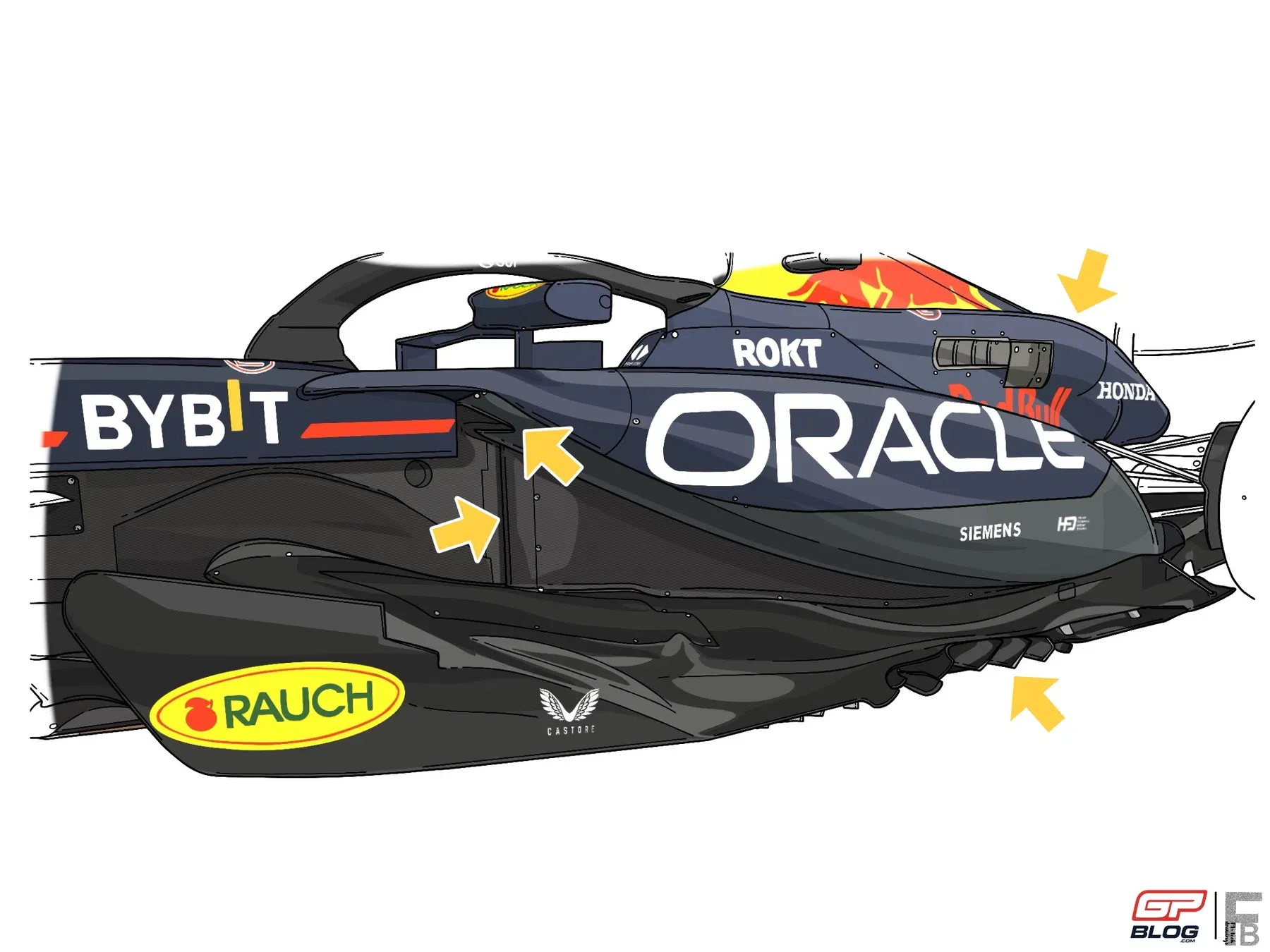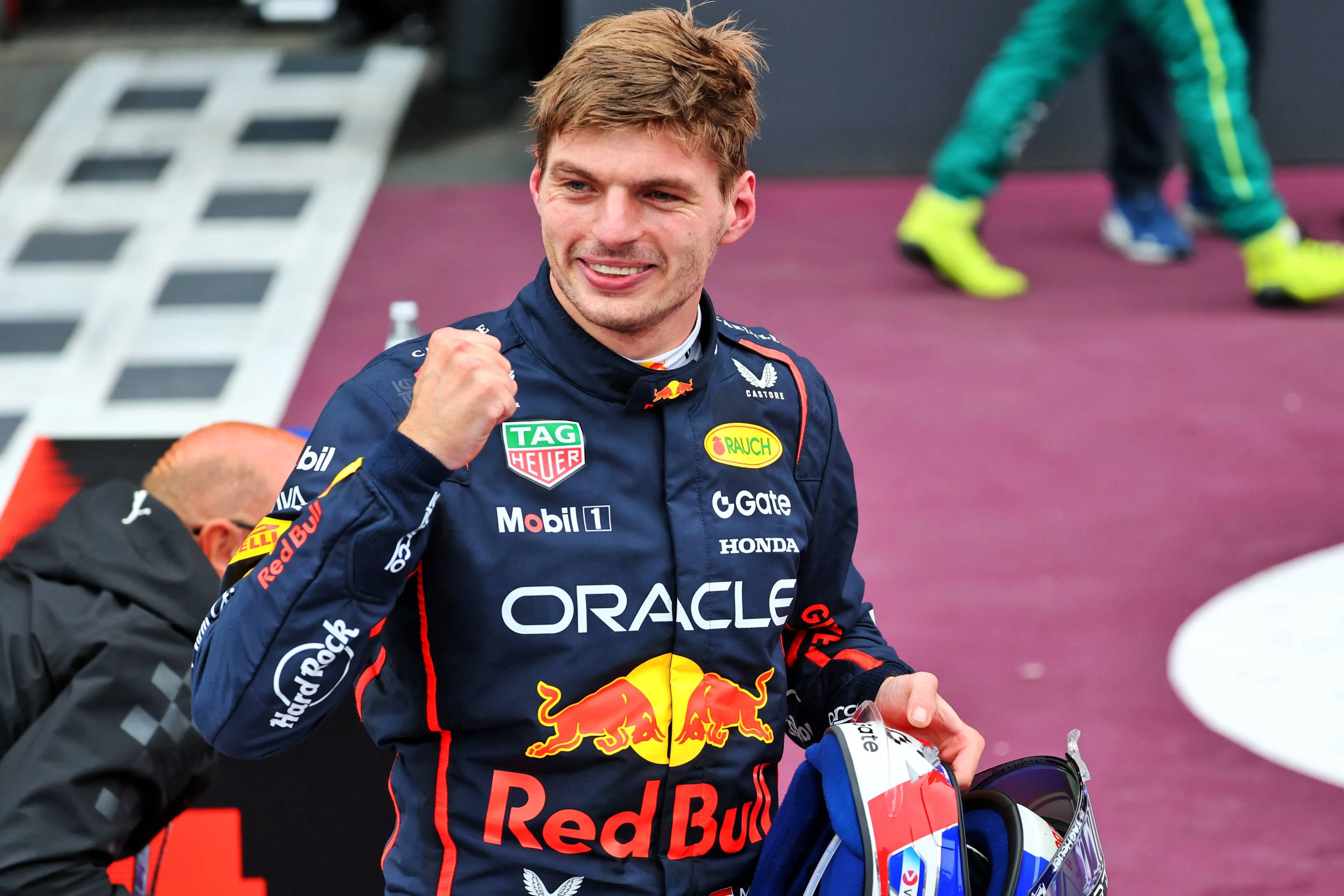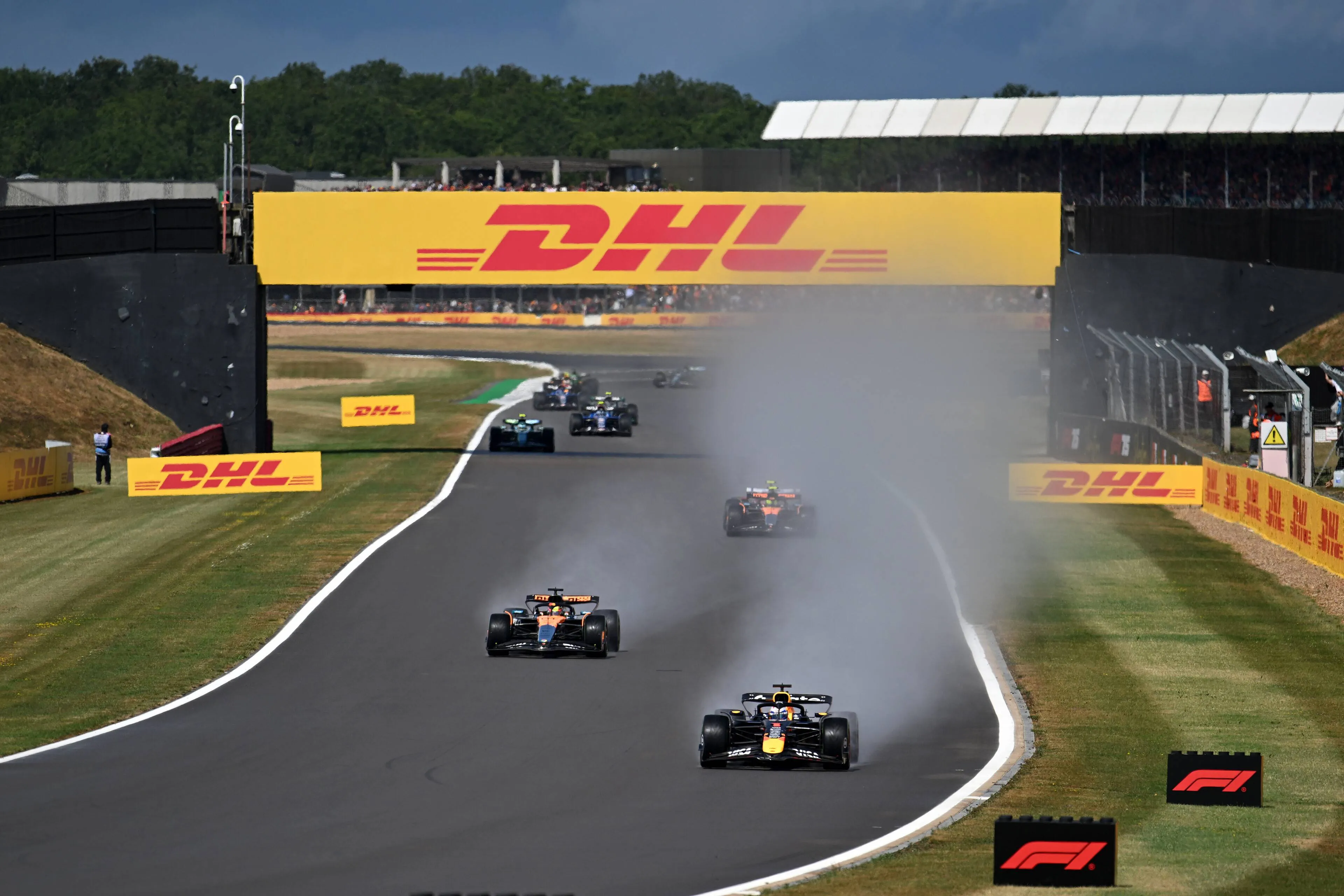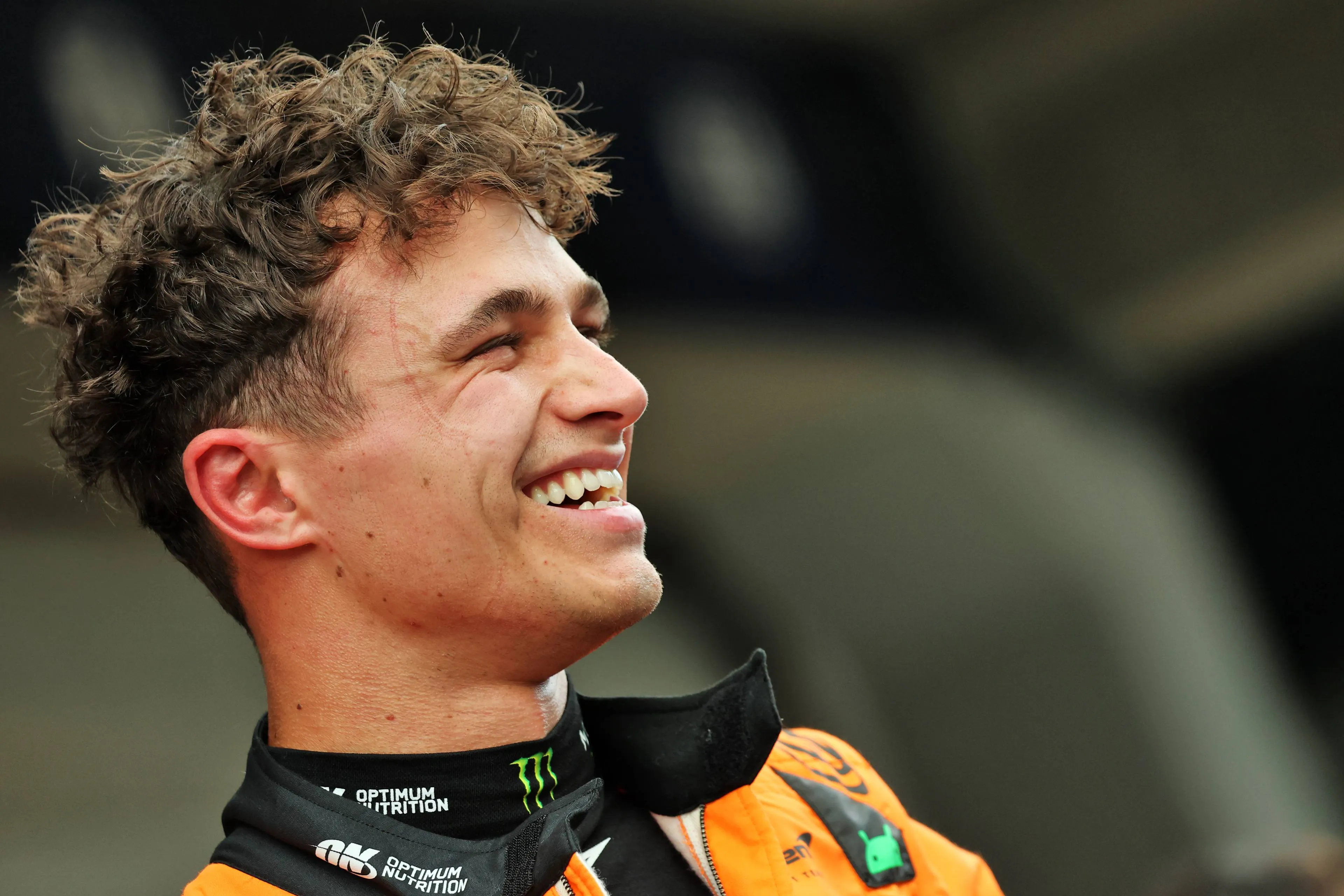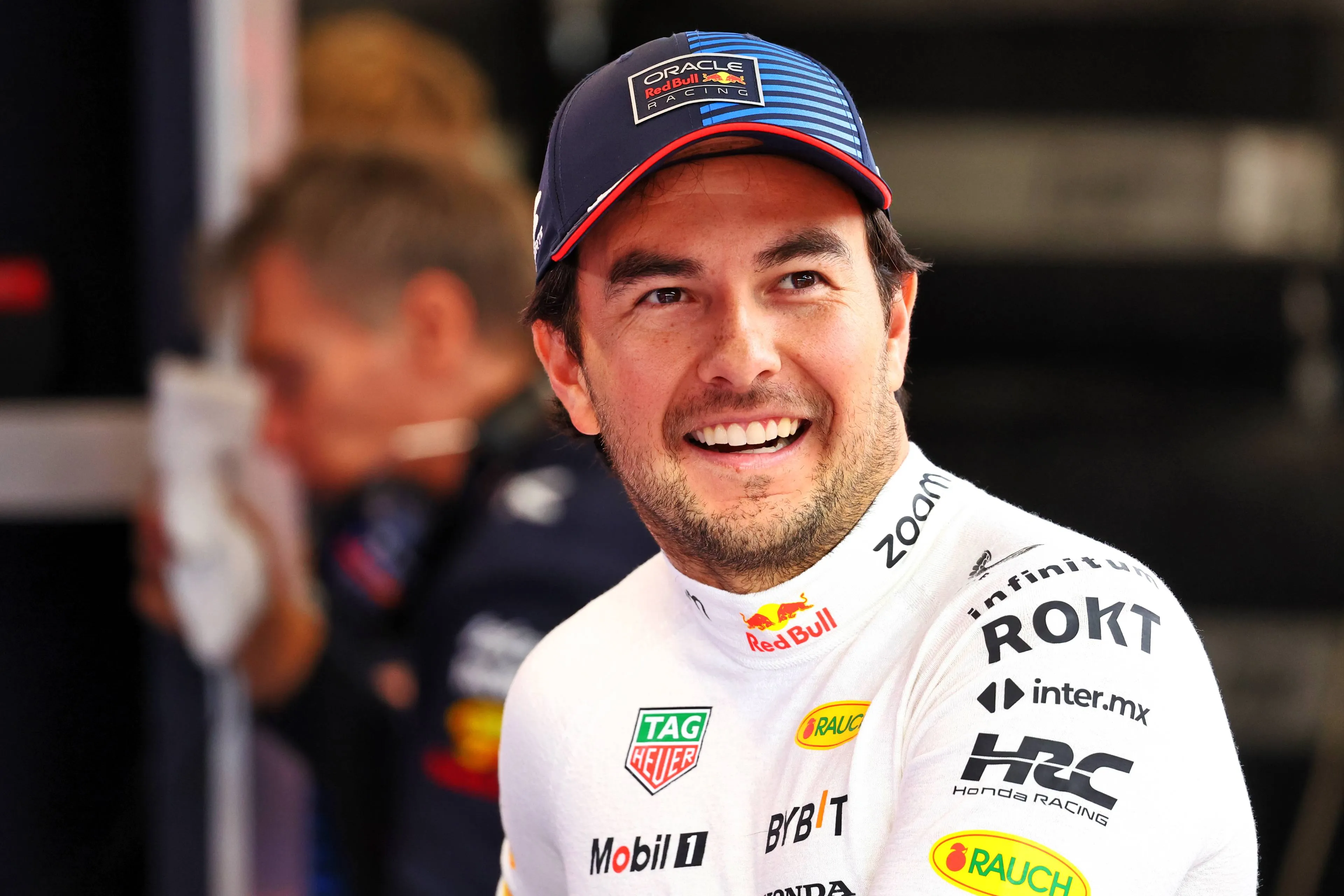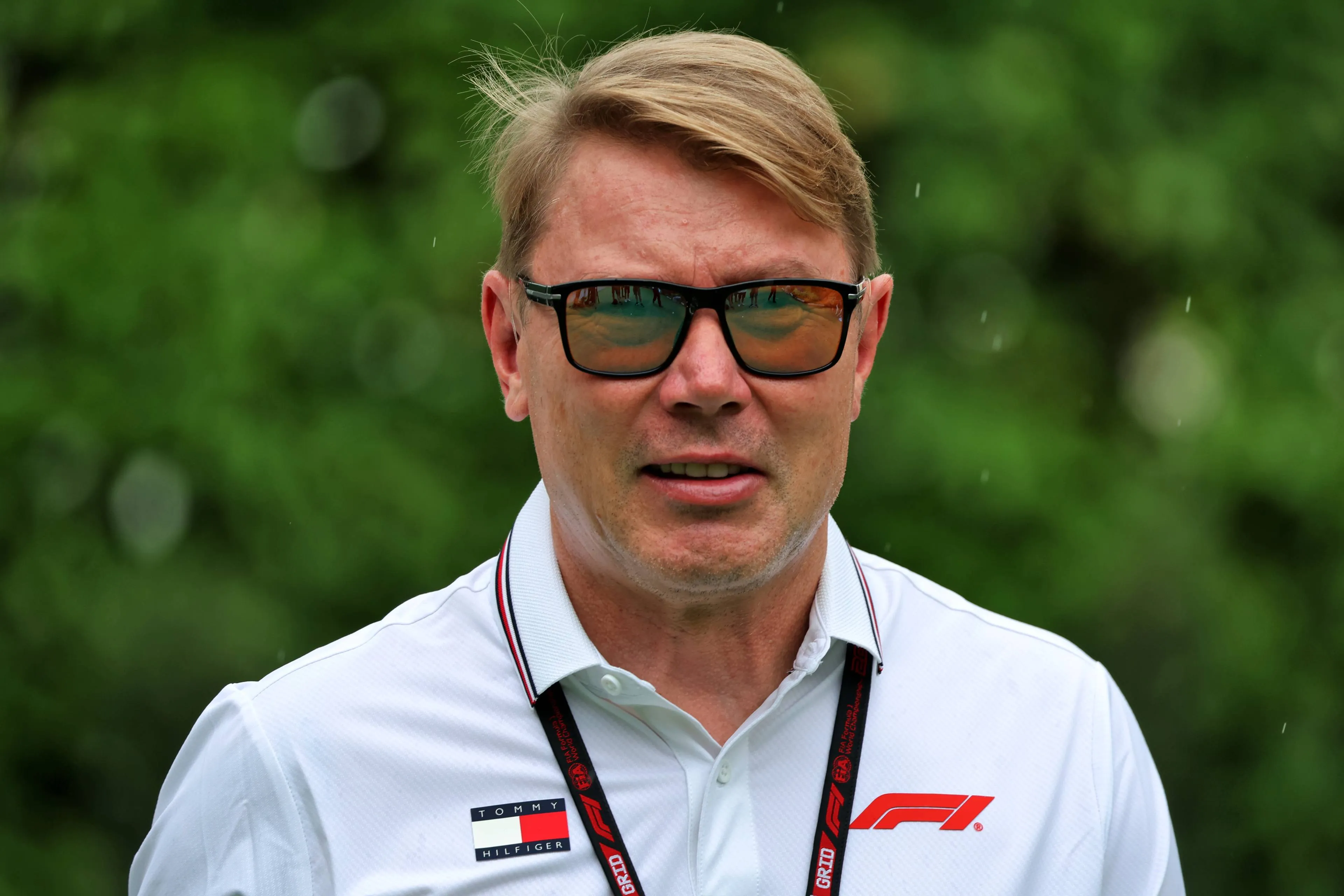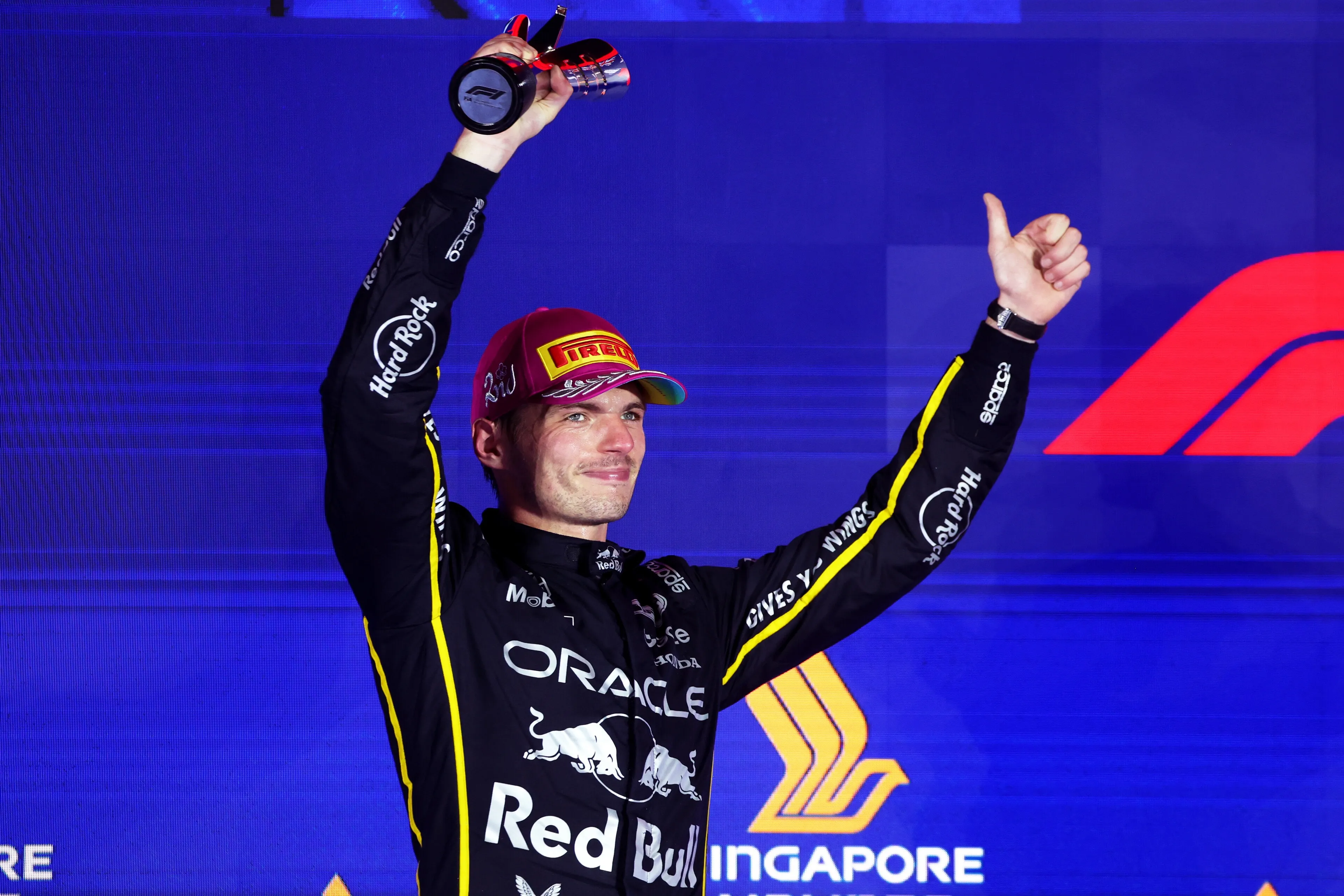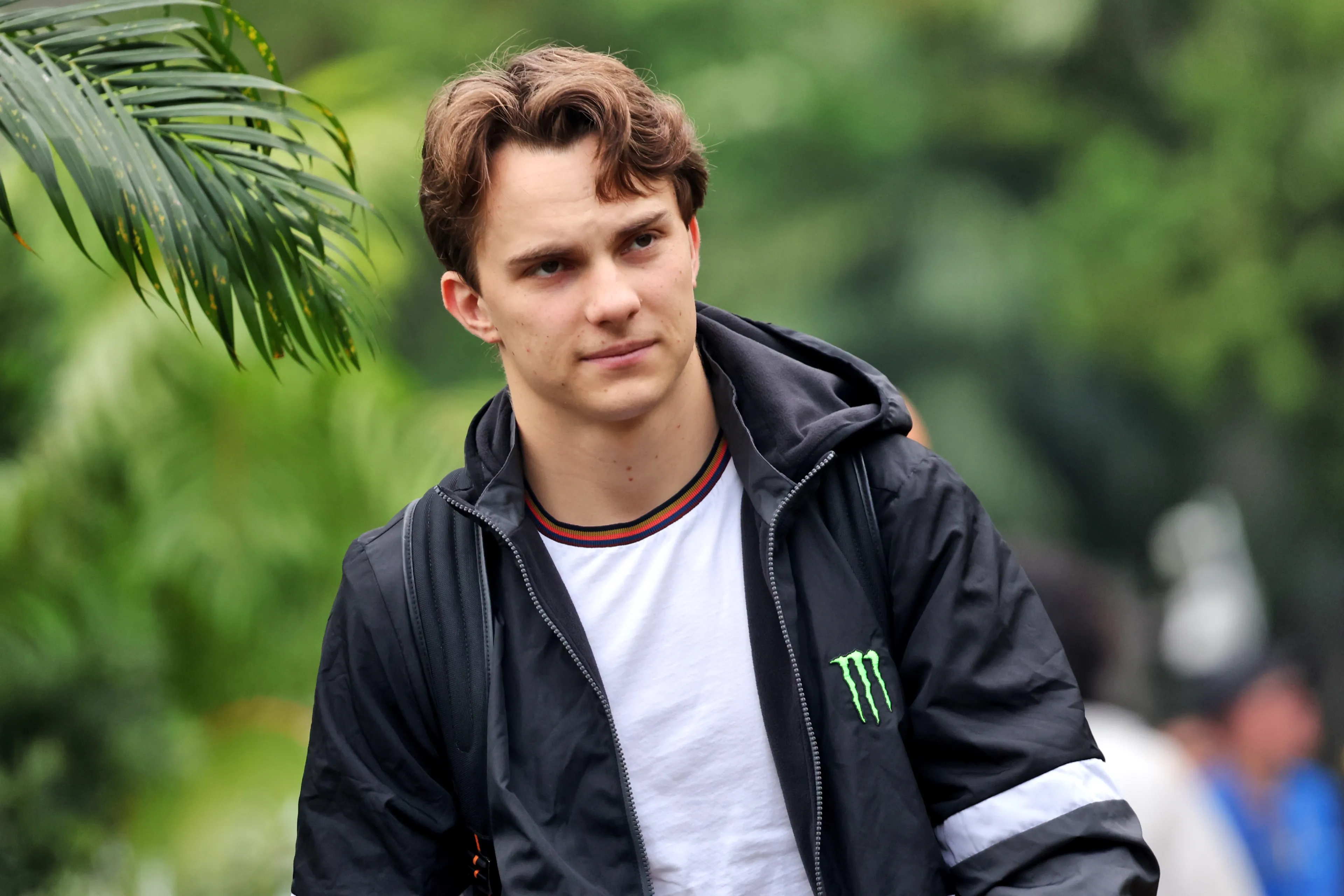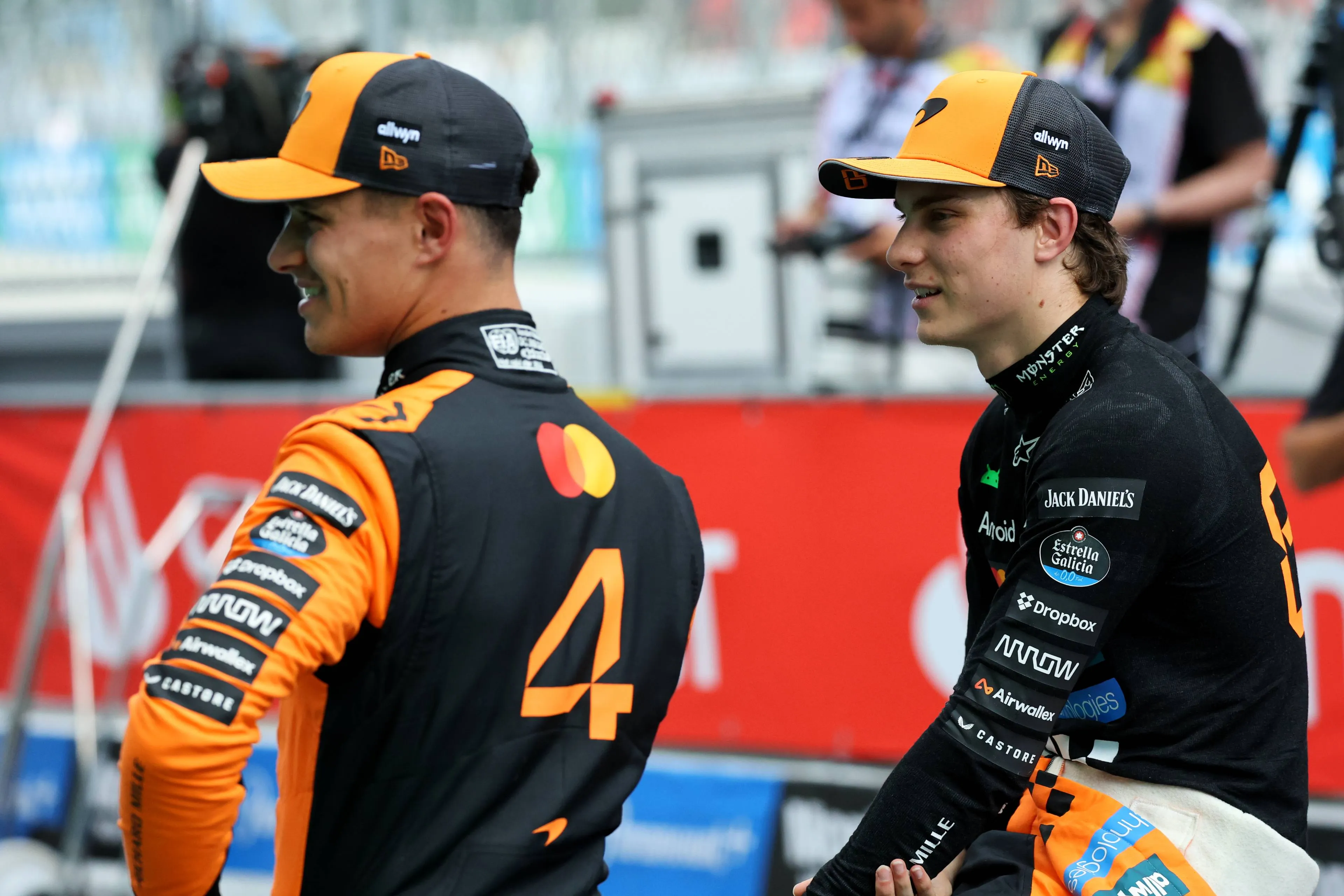Technical Analysis | The secrets that were missed during winter testing
09:30, 27 Feb 2024
3 Comments
After three intense days of testing, all F1 teams will now turn their attention to the actual Bahrain Grand Prix. This free time allows us to have a look back at the most interesting technical solutions seen during testing and try to explain the research that led to these innovative designs. Let’s deep dive into them here below.
The RB20 with displaced cooling inlets
Starting with Red Bull, one of the most innovative solutions has been the “triple” cooling inlet. The technical team led by Adrian Newey was able to divide the single cooling inlet (usually placed on the two sides of the chassis) into three smaller cooling inlets: the vertical one placed above and slightly behind the Venturi inlets, the horizontal one placed under the long “tray” (re-called the “shark overbite”) and the last one, which has a square shape and is placed right behind the driver, at the beginning of the two gulleys (drawing below).
 As already pointed out during testing, this decision to split up the cooling inlet in three smaller inlets has been mainly done to increase efficiency and possibly close or open some of these "slits" depending on the conditions during the different race weekends. This solution, which takes up some concepts from the Mercedes W14, will be very difficult to replicate on other cars in 2024, as it involves a different arrangement of the radiating masses. In fact, they have been placed mainly at the top of the engine cover to free up space under the sidepods themselves and create a vast undercut (in this regard, the airbox has larger dimensions), with an aerodynamic gain.
As already pointed out during testing, this decision to split up the cooling inlet in three smaller inlets has been mainly done to increase efficiency and possibly close or open some of these "slits" depending on the conditions during the different race weekends. This solution, which takes up some concepts from the Mercedes W14, will be very difficult to replicate on other cars in 2024, as it involves a different arrangement of the radiating masses. In fact, they have been placed mainly at the top of the engine cover to free up space under the sidepods themselves and create a vast undercut (in this regard, the airbox has larger dimensions), with an aerodynamic gain.Mercedes with an innovative front axle
Coming to Mercedes, the Brackley-based team has put some innovative solutions on their new W15: the much-discussed front wing and the innovative front suspension design. For what concerns the front wing, as previously explained, the goal is to recreate the Y250 vortex to generate a low-pressure area beneath the Venturi channels.

As regards the front suspension, however, the rear wishbone of the upper triangle can be anchored to the chassis at two different points. This allows the engineers to vary the level of anti-dive present between the front and rear arms, changing the mechanical and aerodynamic response of the car depending on the different circuits. On the one hand, increasing the difference in height between the two arms provides better stability for the car under braking, reducing pitching. At the same time, however, this increase in anti-dive also determines a variation in the flows hitting the bodywork of the car. While with a "standard" regulation, the majority of the airflow coming from the front wing was diverted towards the cooling inlets and bodywork, increasing the anti-dive angle modifies the flow of air destined to the upper part of the floor.

In this case, it is a delicate balance in which the goal will be to compromise mechanical and aerodynamic stability, which also depends on the layout. This is a particularly brilliant idea, as it allows the team to vary (despite an increase in weight) the anti-dive angle using a small regulating plate, taking advantage of the two different configurations to adapt the W15 to the various circuits.
The "little-wing" on the MCL38
Last but not least, the McLaren cooling inlet is another smart solution seen during testing. In fact, the technical team decided to create a winglet above the cooling inlet, following the path started by Mercedes in 2023. The cooling inlet is square and very small, positioned in the innermost part near the chassis to avoid any interaction with the turbulence of the front tyres (green arrows). This solution allows not only the creation of a large undercut under the cooling inlet but also the obtention of a "tray" which acts as a flow diverter in the central area of the car, directing the flow towards the rear of the car and increasing the downforce generated.

Moreover, this part also allows a different arrangement of the upper SIS (side impact structure). As on the MCL38, it has been placed directly behind this small "winglet", following the philosophy started by Red Bull with the RB18, when they positioned the upper SIS behind the long tray and above the side radiators located in the sidepods, with a consequent benefit both in cooling and performance.
These are the most interesting solutions seen during testing. We will see other creative innovations from the engineers during the season.
Read more about:
Rumors
Popular on GPBlog
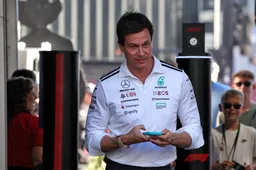
1
New Mercedes shareholder revealed as Wolff nears stake sale
1178 times read

2
F1 Today | Ferrari urged to listen to Hamilton, Red Bull face investigation
882 times read

3
Montoya: Bearman's performance could force Ferrari to make hard choice
685 times read

4
F1 LIVE | Guetta to headline British GP as Steiner puzzled over McLaren
429 times read
Loading
